 By Staff
By Staff
June 21st, 2019
BURLINGTON, ON
We Love Burlington asked the MPP for Burlington to respond to their request for her views on Bill 108 and the impact it was going to have on the city.
The MPP responded.
We Love Burlington took issue with what the MPP said and sent her their comments which appear below in red.
Jane McKenna’s letter is in black, the We Love response is in red.

Burlington MPP Jane McKenna
I want to clarify some of the issues you have raised in your submission on Bill 108. Your underlying assumption appears to suggest the province is trying to curtail local planning authority rather than ensure the best planning outcomes. Nothing could be further from the truth. I want to be clear that the Ontario government wants to improve the local planning process to facilitate better and faster community consultation, a more open community benefits strategy that requires more local input and ensures that growth pays for growth.
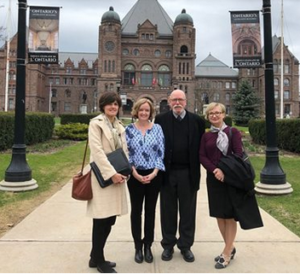
Part of the We Love team outside Queen’s Park: From the left Deborah Ruse, Lynn Crosby, Blair Smith and Josie Wagstaff
Bill 108 definitely curtails local planning authority. Setting shorter timelines for the review of development applications directly impacts the ability of municipal planning staff to deal with the comprehensive nature of applications, consult with the public, or seek collaboration with applicants. Instead of allowing for the community and parties to work together, shortened timelines will increase adversity. These are impractical timelines for staff and municipal councils for even the most simple, straightforward applications. The result will be even more appeals for non-decisions, thereby defeating the desire to increase housing faster.
While the LPAT remains, it will no longer evaluate appeals based on compliance with official plans and consistency with provincial plans/policies. Bill 108 returns it to the more adversarial OMB process and, as such, a return to de novo hearings. This is very disappointing for residents and municipal governments, as it takes final planning decisions out of elected councils’ hands. Historically, the use of a de novo approach to appeals has resulted in drawn out hearings, lags in decisions and a backlog of cases. The return to this process has no positive effect to speed up housing development. This aspect of Bill 108 has been characterized as a return to the substance (if not the fact) of the former Ontario Municipal Review Board. We agree and consider it a fundamental flaw of the proposed legislation.
Your submission on Bill 108 and our new Affordable Housing Supply plan was one of the more than 2,000 public submissions that were considered prior to drafting the plan and supporting legislation.
We never made a submission – you’ve cut and pasted inaccurately.
Despite your claims to the contrary, extensive consultations, in which you participated, took place in the development of the More Homes, More Choice Act, 2019. Within months of the June election, Municipal Affairs and Housing Minister Steve Clark began consultations in the development of the Ontario government’s new Housing Supply Action Plan.
We were never consulted nor did we ever participate – sorry, wrong again. Indeed, the whole presumption of consultation with a piece of legislation that was rushed through in one month is rather interesting.
Perhaps you would like to elaborate?
Minister Clark met with local Mayors at the Association of Ontario Municipalities, (AMO) conference last August in Ottawa and at the Large Urban Mayor’s Caucus of Ontario, (LUMCO) last month in Toronto. In fact, at the recent LUMCO meeting, the Minister advised that if Bill 108 passed, the Ministry would be consulting further on the Community Benefits Formula. Last week, the Minister sent a follow-up letter to all heads of Municipal Council in advance of a June 14th meeting with AMO members.
Oh, should we be passing your response to Mayor Meed Ward? This seems to be intended for her.
Many organizations including the Centre for Urban Research and Land Development at Ryerson University have published research demonstrating that one of the key roadblocks to building an appropriate mix of housing in the GTHA that supports vibrant, walkable, complete communities is the land-use planning approvals process. In the City of Toronto, by way of extreme example, it takes on average 10 years to get a building approval. This is a system that has been mired in excessive red tape, with regulations and processes added to processes. These were often attempts to satisfy and balance the adversarial needs of the development community and neighbourhoods that are often resistant to change. Add local politics and politicians who do not vote against their constituents’ wishes in support of good planning (that has proven to be unpopular) and you have a recipe for paralysis.
· So, to paraphrase – re-instituting the OMB and de novo hearings, which were the subject of the research referenced above, will improve the land-use planning process.
· Neighbourhoods are subject to “nimbyism.”
· Local politicians who listen to their constituents are somehow flawed; the province knows best.
Really?
How are we to meet our responsibility to solve the very serious housing crisis that is preventing our children from being able to afford to rent or own in their home town? How are we to manage the influx of more than a million newcomers to the GTHA by 2031 if not by encouraging the private and non-profit sectors from building a variety of new housing supply through legislation?
With the cost of the homes and condos that developers put on the market “our children” will never be able to own their own accommodation. ‘More homes’ does not mean ‘more affordable homes’ – this is a simplistic assumption.
Municipalities plan for housing and are required to keep a 10 year supply of land designated for growth and a 3 year supply of draft and registered housing – that means housing ready to be built. Developers taking OPs to the OMB created, on average, a three year delay. There is no doubt we need more low-income subsidized housing than is currently available, especially in the GTA, but there is no shortage of unaffordable, single family homes.
You complain that Burlington has lost control of land use planning. You are correct. Here’s why.
Burlington City Council has not produced an updated Official Plan in about 25 years – since 1994. One could suggest a variety of reasons for this. More recently, as development pressures have increased, politics have no doubt played a role.
We believe that the current OP dates to 2008 – not 1994.
When the planning system is clunky, expensive, time consuming, outdated and adversarial it’s time for process adjustment.
And that’s why you brought back the most adversarial of processes and adjudication forums, the OMB, in spirit if not in fact?
The Province’s Growth Plan is guided by the desire to build compact, vibrant and complete communities. It does not replace local official plans, but it does provide a framework for growth that requires municipalities to update their Official Plans to ensure compliance with the Places to Grow Act. Oakville updated their Official Plan in 2009 to conform, and Milton amended their 1997 Official Plan in 2010 to meet these provincial policy changes.
Burlington’s 2008 OP was judged to be consistent with the Places to Grow Act and the 2014 Provincial Policy Statement.
Burlington’s 25-year-old Official Plan doesn’t respond effectively to the growth pressures of 2019. An outdated Official Plan does not work for our communities, our children who would like to be able to afford a home in town, our investment community or our new residents. Our OP reflects a time when Burlington was 50,000 people smaller, back when the average price of a detached house was about $200,000.
The current and approved OP dates to 2008 and is not 25 years old.
Our Official Plan doesn’t take into account the most significant changes to planning policies in Ontario’s history. That is a big part of why, more often than not, Burlington has surrendered local planning decisions to both the old OMB and new current LPAT. To take back some local control, Burlington needs to act quickly to consult with residents and adopt a new Official Plan that complies with the Places to Grow Act and will be approved by Halton Region.
Burlington’s “adopted” OP, that was hastily pushed through the previous administration in order to comply with the Places to Grow Act, has been judged to be non-compliant by Halton Region. The 2008 OP, which is the approved OP, is compliant.
Municipal governments are expected to be accountable and adaptable to legislative and regulatory changes. Change only becomes dysfunctional when it is not effectively managed. We believe that assessing and planning for operational and financial impacts is within the capability of the City of Burlington. The municipality will decide whether to raise taxes, reduce services or increase borrowing for capital expenditures as necessary.
So, you’re saying that the operational and financial impacts of Bill 108 will, indeed, force Burlington to “raise taxes, reduce services or [borrow] for capital expenditures”. Thank you for your honest evaluation.
We have a housing supply crisis in Ontario that is being addressed by More Homes More Choice. Our role as government is to create the conditions where home builders can build more of what communities actually need. Our plan includes changes that would make it easier to build a mix of housing – townhomes, apartments, condos, single family homes – for people to rent or own. You are incorrect when you write that developers can build whatever, wherever they want.
Bill 108 is being called the “Developers Dream Bill” as the Ontario Home Builders Association got almost everything they asked for. The Bill enacts changes to legislation that implement the provincial Housing Action Plan. Overall it makes it easier to build housing anywhere in the province. The new Growth Plan, A Place to Grow came into effect May 16th, 2019. It permits expansions of settlement boundaries (up to 40 ha- 100 acres at a time) and conversions of employment land ahead of an MCR- Official Plan review. It is reasonable, therefore, to expect more sprawl onto farmland.
The GTHA – Burlington included – is the fastest growing region in Ontario and one of the fastest growing metropolitan areas in North America. Good planning is vital to creating strong healthy communities for our kids and our grandkids.
Agreed but Bill 108 is not “good planning”. We agree to disagree here.
As part of Bill 108, changes were made to the Planning Act to simplify how municipalities collect funds for community benefits like parks and daycares. Minister Clark has been clear that one of our goals in establishing the new community benefits approach is to maintain municipal revenues and ensure appropriate infrastructure to support growth. We want municipalities to recover similar revenues from community benefits charges to what they have collected from development charges for discounted services, density bonusing and parkland dedication. We will develop a cap that protects vital revenue streams.
You have simply made it more difficult for municipalities to collect funds for community infrastructure, since they are no longer eligible for inclusion in development charges, and far less likely that such infrastructure will be well funded.
Let me be clear – the provincial government firmly believes that growth should pay for growth. In passing Bill 108, we are moving towards a system where developers, not taxpayers, fund growth.
Well, your statement is “clear” but not accurate. This is simply not the case. The amendments to the collection of development charges means that taxpayers will be liable for a whole range of community infrastructure costs that were previously included in the development charges.
It is important that municipalities have the resources to support complete communities and give the public the opportunity to provide input through public consultation. This does not happen in todays Section 37 negotiations.
Agreed. But where is the locus of the final decision? Is the public merely consulted or does it have a decisive voice? Unempowered consultation produces cynicism and little else.
In April 2018, Burlington’s Mayor said that, (under the pre-Bill 108 system) “residents don’t have a seat at the table when negotiating Section 37 Community Benefits. The Ward councilor is consulted, but also doesn’t have a seat at the table, and their input can be ignored.”
Our government agrees that Section 37 was not serving the best interests of local residents. That’s why we are working to ensure there is more public input into community benefits decisions through a municipality wide community benefits strategy.
And where is that Mayor now? It was possible to implement a different protocol for Section 37 and have a more open process for the determination of community benefits. The previous council chose not to do so. The previous council no longer exists.
Again, let me be clear – we are not removing any community protections. Our government will continue to consult with our municipal partners on the development of a community benefits charge that takes the politics out of planning.
And may we be “clear”. It is hubris of the highest nature to say that a provincially mandated process that severely limits municipal powers/funding and is implemented with no or little municipal consultation “takes the politics out of planning”.
A long-standing tenet of land use in Ontario, as established by the province and undertaken by municipalities, is for the building of complete communities – places where homes, jobs, schools, community services, parks and recreation facilities are easily accessible. As intensification and vertical housing become more prevalent, particularly in cities such as Burlington that are targeted for intensification, access becomes even more important.
For decades, the province has allowed municipalities to require parkland based on number of units being built, creating a direct relationship to the number of people living in a new development. If cities choose to keep a limited version of the parkland dedication by-law, they lose the ability to collect land or cash based on units built and are limited to require 5% of the land area of the new development. A 5% requirement on a small site being used for a high-rise development does not deliver a “park” space for residents that will contribute to livability in any manner. Our parks are critical pieces of infrastructure that not only help to alleviate the effects of global heating but also play a pivotal role in creating places where people actually want to live. Further, Bill 108 compels cities to spend 60% of the money they collect each year, thus making it harder for cities to save up funds for larger park projects and land purchases.
Not only does Bill 108 severely curtail the ability for cities to require developers to provide parkland onsite, it also removes the ability for those same cities to use development charges to collect money for parks and other soft infrastructure. The proposed new development charges amalgamate many of the tools cities have used for things such as affordable housing and turned them into either/or situations. These restrictions are exacerbated by a yet-to-be identified cap the government will announce at a later date.
Our plan also includes changes to the Local Planning Appeal Tribunal (LPAT) – formerly the Ontario Municipal Board – and the main adjudicator of land use planning disputes in Ontario. Right now, the tribunal has a backlog of legacy cases from the old Ontario Municipal Board. A two-to-three year appeals process, at a time when Ontario is in a housing crisis – is unacceptable.
Agreed, so why did Bill 108 essentially end the LPAT experiment, virtually before it even began, and reinstitute the spirit, if not the fact, of the OMB?
Our estimates from the Ministry of the Attorney General show that over 100,000 housing units are caught up in legacy cases at the tribunal. That’s 100,000 desperately needed homes that can’t get built – or three years worth of construction in Ontario waiting for approval.
Thanks to the Attorney General’s support, we are also adding 11 new adjudicators, a 45% increase, to tackle the backlog of cases in the next 18 months and prevent future backlogs.
We’re encouraging mediation to reduce the number of cases that actually proceed to a formal hearing and we are moving towards a cost-recovery model where developers will pay more for the system.
On the Endangered Species Act, our legislation takes a smarter approach to recover species, including new methods for protecting species at risk due to disease, fungi or invasive species.
It is difficult to understand the “wisdom” to the proposed approach given the provisions and impacts of Bill 108, specifically;
· Delay in listing species at risk from the current 3 months (from submission of assessment report) to 12 months during which time the species and their habitat are unprotected.
· Increased Ministerial discretion to second-guess assessments and/or delay recovery strategies and protection
· Requirement that assessments not be based on the status of the species in Ontario but on its geographic range, a much broader application
· Decoupling of the listing of endangered species and their habitats from automatic protections
· Provision of far greater ministerial discretion
· Delay in the application of automatic protections for newly listed species for one year – for existing permit holders
· Ministerial discretion in limiting protections to specific geographies or circumstances
· Ministerial discretion to delay indefinitely the development of Government Response Statements
· Removal of the requirement to post notices on the Environmental Bill of Rights Registry under specific circumstances
· Ministerial discretion to delay reviewing progress towards the protection and recovery of species
On the contrary, it would seem that “smarter” is simply “less stringent”.
Currently, after an applicant looks at alternatives to avoid a species at risk and mitigates any risk their project may have on that species, they are required to develop a plan to benefit the species through actions like habitat creation. However, some species like the Butternut Tree and several bats are decreasing due to factors harder to control or mitigate such as disease, and invasive species.
The current Act doesn’t allow the most effective path to resolve these issues. Our changes will allow applicants who have considered alternatives and put in place mitigation measures to pay a charge to the Species At Risk Conservation Trust instead of completing other onerous requirements, such as expensive field surveys that could cost $30K per species.
This will help enable positive outcomes for species that are decreasing due to disease, invasive species or other reasons by accumulating payments and leveraging the collective resources for more strategic, coordinated and larger scale actions.
“Pay to Slay” – what a grotesque feature of Bill 108.
Bill 108 creates a regulatory ‘open season’ for endangered species by:
· Allowing proponents of harmful activities to pay into a fund in lieu of fulfilling on-the-ground requirements that would otherwise be imposed under the ESA
· Removing the requirement for the Minister to consult with an independent expert and obtain Cabinet approval prior to issuing permits for harmful activities
· Removing the requirement for the Minister to consult with an independent expert regarding the potential impact of a regulation on species at risk
· Creating “landscape agreements” for proponents undertaking multiple harmful activities throughout a geographic area.
· Removing the current requirement to provide an overall benefit to negatively impacted species when harmful activities approved under other pieces of legislation are authorized to proceed under Section 18 of the ESA.
“Accumulating payments and leveraging the collective resources for more strategic, coordinated and larger scale actions” is political-speak for increased government and increased bureaucracy with little if any of the accumulated funds being used to benefit the actual endangered species.
Ontario is committed to ensuring Ontario’s best-in-class endangered and threatened species protections include advice and species’ classifications from an independent scientific committee and modern approaches to enforcement and compliance; species and habitat protections; and recovery planning.
But it removes the requirement for the Minister to confer with field experts. It creates a “committee” and one that doesn’t necessarily need to be completely composed of scientists with relevant field expertise. This is a patently bureaucratic response that significantly weakens existing protections. We congratulate you!
During the past decade of implementing the ESA, we have heard what works well and what could work better.
The proposed changes posted on the Environmental Registry will enhance government oversight and enforcement powers to ensure compliance with the act and improve transparent notification of new species’ listings.
Given the actual regulatory amendments to the ESA that Bill 108 implements and their impact, it is difficult to understand how this statement could be made with ‘a straight face’.
Species assessment and classification decisions will continue to be made by an independent scientific committee – the Committee on the Status of Species at Risk in Ontario (COSSARO). The list of species at risk will continue to be updated automatically, based on the independent science-based assessment process.
Ontario is also proposing to create Canada’s first independent agency to be called the Species at Risk Conservation Trust, to allow municipalities or other applicants the option to pay a charge to the Agency in lieu of completing certain on-the-ground activities required by the act.
This is the typical bureaucratic response; to either create a committee or an organization – when in doubt increase the bureaucratic footprint. This particular agency should and could be called “The Pay to Slay Trust”. In this grotesque instance, you get to pay a “bounty” that circumvents the protective requirements of the ESA.
Applicants would still seek a permit and need to fulfill on-the-ground requirements, including considering reasonable alternatives for their activity and taking steps to minimize the adverse effects of the activity on the species at risk.
Bill 108 is important legislation to solve one of the most pressing and urgent problems of our time – a shortage of housing stock has driven prices up making homes unaffordable for many families. With on going global urbanization Burlington, as part of the GTHA, is experiencing extraordinary development pressure as more and more young people want to live and raise their families here. We can’t stop growth but we can manage it successfully with intention and good planning.
There are few young families that can afford the housing prices in Burlington. What is being created by intensification and mindless core development, is a transient community of nomads that alight in a particular locale for a short period then move on – no roots, no commitment, no community.
This is a municipal responsibility. We all love Burlington. We can watch it transform into the kind of community we want – one with a vibrant downtown, with plenty of families and couples walking and cycling to pick up fresh groceries or to meet some friends at a café. The air will be cleaner because we will be driving less, we will be healthier because we’re walking and cycling more.
With all due respect, this is meaningless pap.
This is a long term vision. We need to extend our view 20, 30, 40 years into the future. The next generation of mobile young people are looking to live, work and play at home.
The wonderful thing about “long term” visions is that no one is around to validate their accuracy. Indeed, the halls of Queen’s Park are carpeted with the “long term” visions of previous governments. We thought that this government, “of the people”, was committed to immediate action and redress in order to secure our future. We thank you for returning us to the accustomed and the norm.
This is legislation that is important and integral to our well being and success as a community. We have much to celebrate and I welcome divergent views and thoughtful criticism.
Leadership and dialogue would be the most advantageous approach for the municipality and the provincial government. The people of Burlington deserve no less than our honest commitment to do the hard work necessary to solve the housing crisis in the GTHA and beyond.
With all due respect (again), this is empty and rather bland rhetoric. The people of Burlington deserve honest representation and a commitment to their best interests above those of political allegiance.
The Gazette will ask the Office of the Mayor for her take on the remarks the MPP makes about the city’s Official Plan.

 By Staff
By Staff

















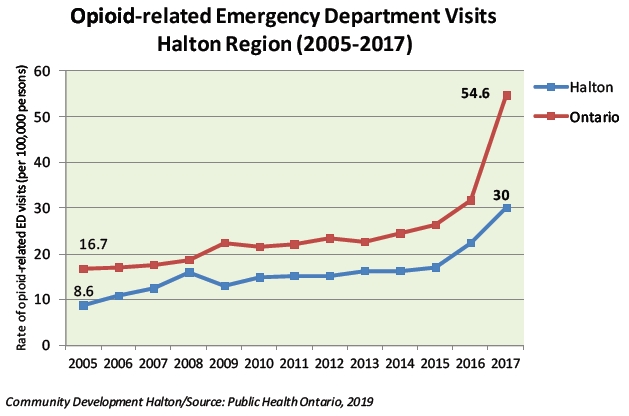 In Ontario, the rate of opioid-related Emergency Department (ED) visits has been rising since 2005. Between 2015 and 2016, the rate increased by 20%. It rose by 72% the following year to 54.6 visits per 100,000 persons.
In Ontario, the rate of opioid-related Emergency Department (ED) visits has been rising since 2005. Between 2015 and 2016, the rate increased by 20%. It rose by 72% the following year to 54.6 visits per 100,000 persons.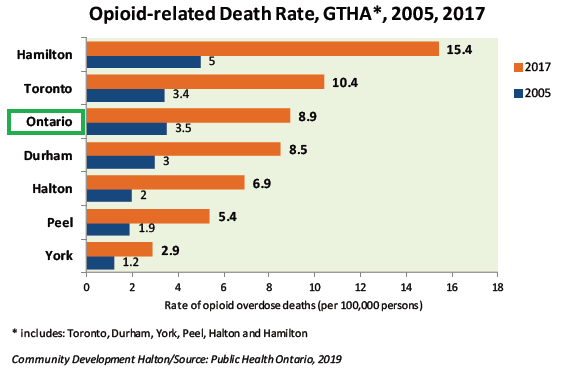
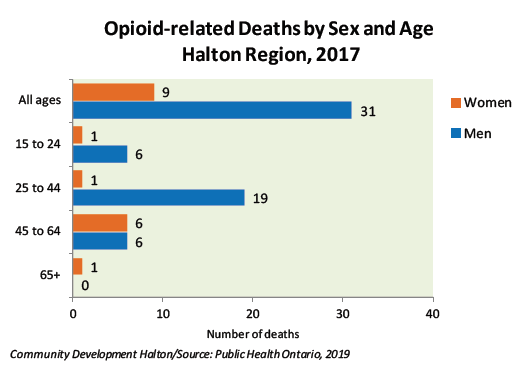 There has also been an increase in hospitalizations and deaths due to opioid overdose. In Ontario, over 2,100 hospitalization for opioid overdose and 1,200 apparent opioid-related deaths occurred in 2017. The opioid overdose death rate in Ontario rose from 3.5 deaths per 100,000 persons in 2005 to 8.9 deaths per 100,000 persons in 2017.
There has also been an increase in hospitalizations and deaths due to opioid overdose. In Ontario, over 2,100 hospitalization for opioid overdose and 1,200 apparent opioid-related deaths occurred in 2017. The opioid overdose death rate in Ontario rose from 3.5 deaths per 100,000 persons in 2005 to 8.9 deaths per 100,000 persons in 2017.

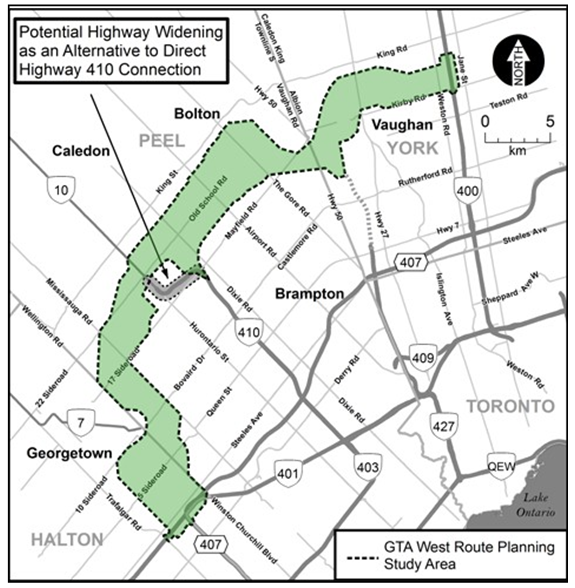
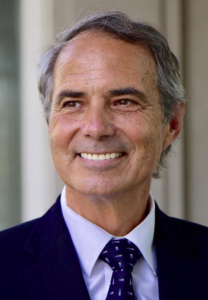
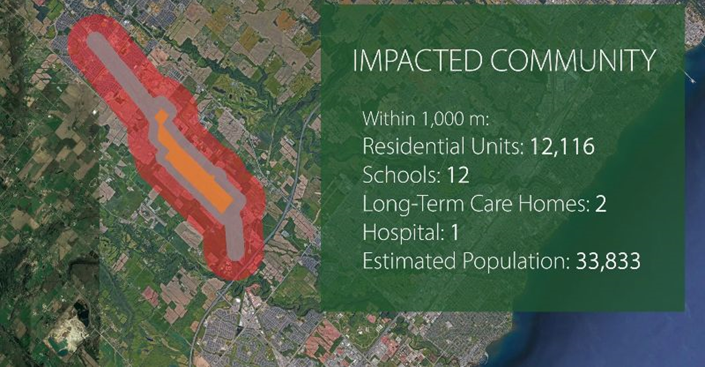


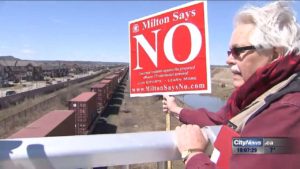 “The Halton Municipalities are encouraging residents and the community to get involved by attending the Public Hearing or watching it live, using social media to be part of the conversation or by contacting their MPP or MP to let them know their concerns about the proposed project. Residents can also provide comments on halton.ca/cn and these will be used to update the Panel.”
“The Halton Municipalities are encouraging residents and the community to get involved by attending the Public Hearing or watching it live, using social media to be part of the conversation or by contacting their MPP or MP to let them know their concerns about the proposed project. Residents can also provide comments on halton.ca/cn and these will be used to update the Panel.”

 We Love Burlington pressed Burlington MPP for comment on why she supported Bill 108.
We Love Burlington pressed Burlington MPP for comment on why she supported Bill 108.



 But we are still here.
But we are still here.
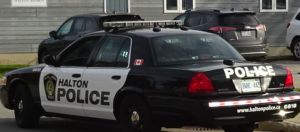 Back in May police responded to a report of a break and enter in the area of Shoreacres Road and Spruce Avenue in Burlington. The involved individual was located in close proximity and taken into custody. During the subsequent investigation that same individual was linked to two recent knife point robberies.
Back in May police responded to a report of a break and enter in the area of Shoreacres Road and Spruce Avenue in Burlington. The involved individual was located in close proximity and taken into custody. During the subsequent investigation that same individual was linked to two recent knife point robberies. Last night at the Ward 2 community meeting where Councillor Lisa Kearns used an hour to tell some of her constituents more than they will ever want to know about developments in downtown Burlington she also mentioned that in the search for a new city manager there were 70 resumes sent in; 30 of which got a close second look and six of those that were interviewed.
Last night at the Ward 2 community meeting where Councillor Lisa Kearns used an hour to tell some of her constituents more than they will ever want to know about developments in downtown Burlington she also mentioned that in the search for a new city manager there were 70 resumes sent in; 30 of which got a close second look and six of those that were interviewed. And then there was the friend that the Premier wanted to appoint as Commissioner of the Ontario Provincial Police. The blow back on that one was even fiercer. Someone else got that job.
And then there was the friend that the Premier wanted to appoint as Commissioner of the Ontario Provincial Police. The blow back on that one was even fiercer. Someone else got that job. Buck a beer fell off the radar screen.
Buck a beer fell off the radar screen.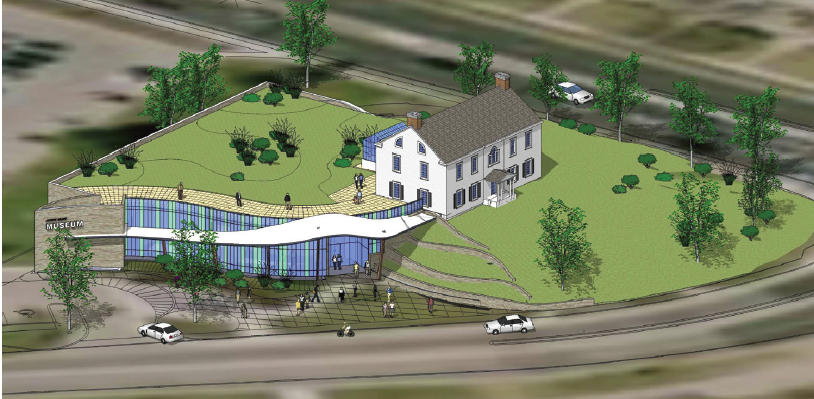


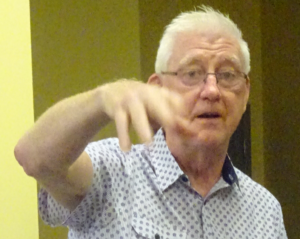
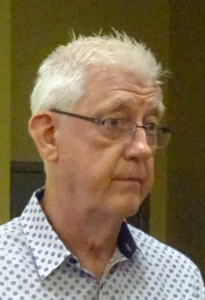
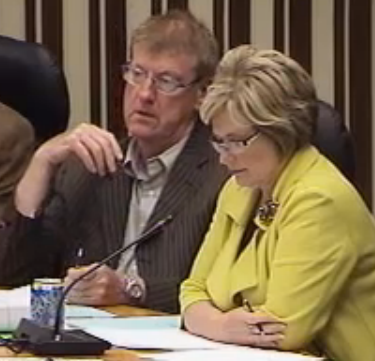
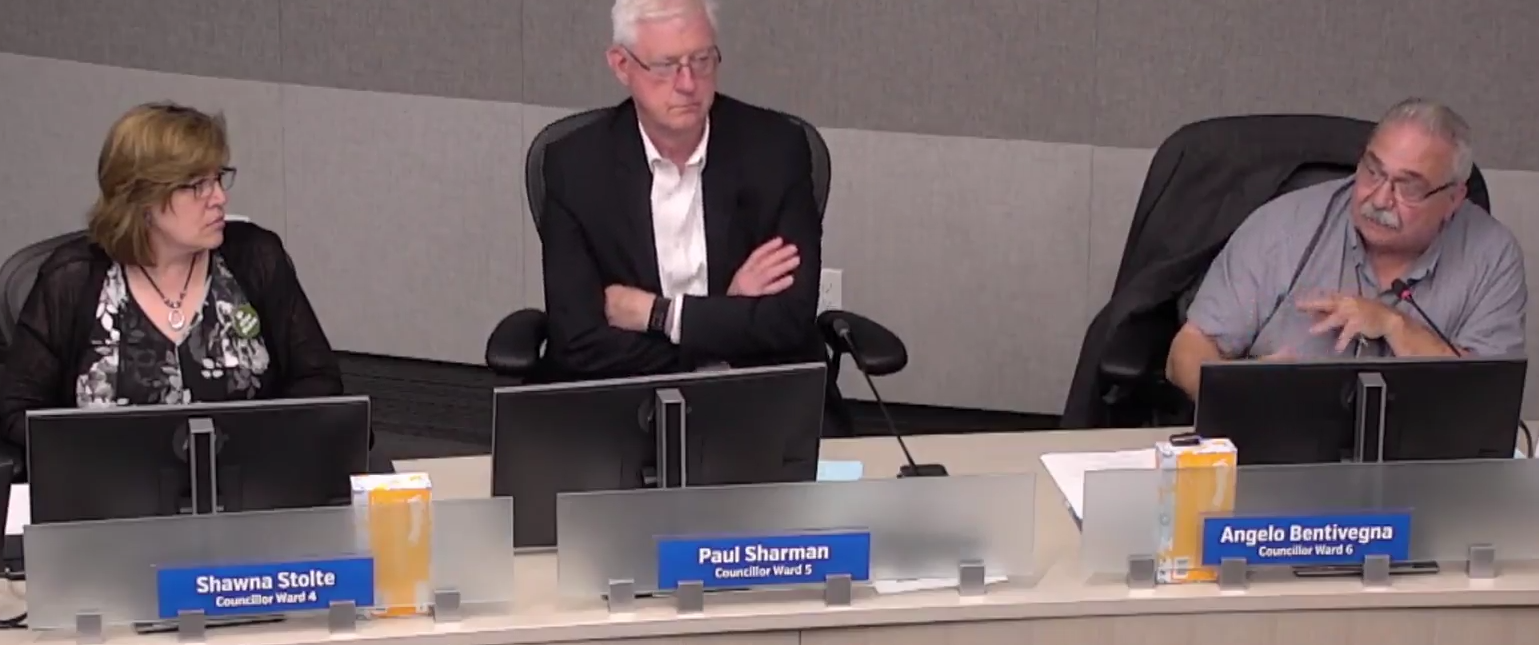


 Suspect One: Male, olive complexion, late 30’s to early 40’s, 5’4 to 5’6, medium build, 160 to 170 lbs, black beard, wearing blue jeans, tan coat, black shirt with logo, black baseball cap.
Suspect One: Male, olive complexion, late 30’s to early 40’s, 5’4 to 5’6, medium build, 160 to 170 lbs, black beard, wearing blue jeans, tan coat, black shirt with logo, black baseball cap.
 Suspect Two: Female, White, mid to late 30’s, 5’4 to 5’5, thin build, 120 to 130 lbs, long hair up in a ponytail with dark roots, blonde tips, wearing a blue jacket, tan baseball cap, blue jeans, white cross body strap purse.
Suspect Two: Female, White, mid to late 30’s, 5’4 to 5’5, thin build, 120 to 130 lbs, long hair up in a ponytail with dark roots, blonde tips, wearing a blue jacket, tan baseball cap, blue jeans, white cross body strap purse.


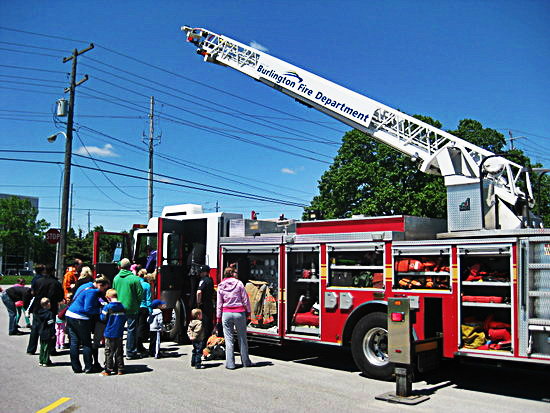


 The techies tell us they are doing their best; we are currently working with “experts” at the third level within Go Daddy, which is where our web site is hosted.
The techies tell us they are doing their best; we are currently working with “experts” at the third level within Go Daddy, which is where our web site is hosted.




